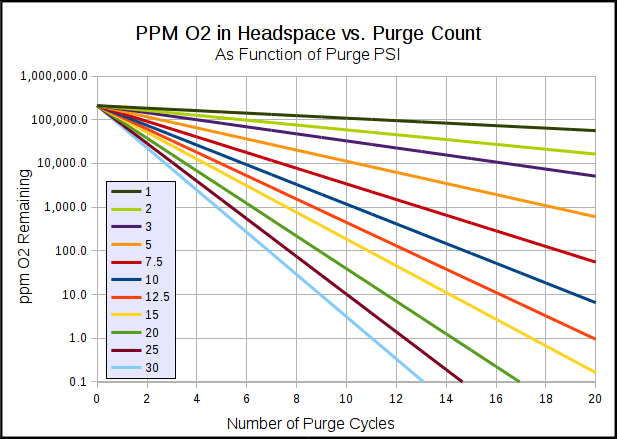Thank You!! You are my first-call Authority on here for math and electrical matters. I don't want to sound unapprciative or lazy, but; embarassing as this is, the part of my brain that comprhends and processes both the language and abstractions of numbers, volumes, measures, and 3D cognitive modelling, as well as the size of data-sets I can process was quite literally ripped away in 2014. (I can even trust myself to accurately count to 100 now and I used to be a maths ace

)... About what percentage of a 5 or 10 lb CO2 cylinder is consumed using the 'pull the PRV x-many times' method that has been stated above?
..Like I said; this is embarassing because I can see it's just simple math, but despite my best efforts, my brain gets swamped trying to calculate it. (and I'm worried I may just be going on assumptions, but I can't be sure because connections to my insular gyrus are ripped up as well

)
































![Craft A Brew - Safale BE-256 Yeast - Fermentis - Belgian Ale Dry Yeast - For Belgian & Strong Ales - Ingredients for Home Brewing - Beer Making Supplies - [3 Pack]](https://m.media-amazon.com/images/I/51bcKEwQmWL._SL500_.jpg)































